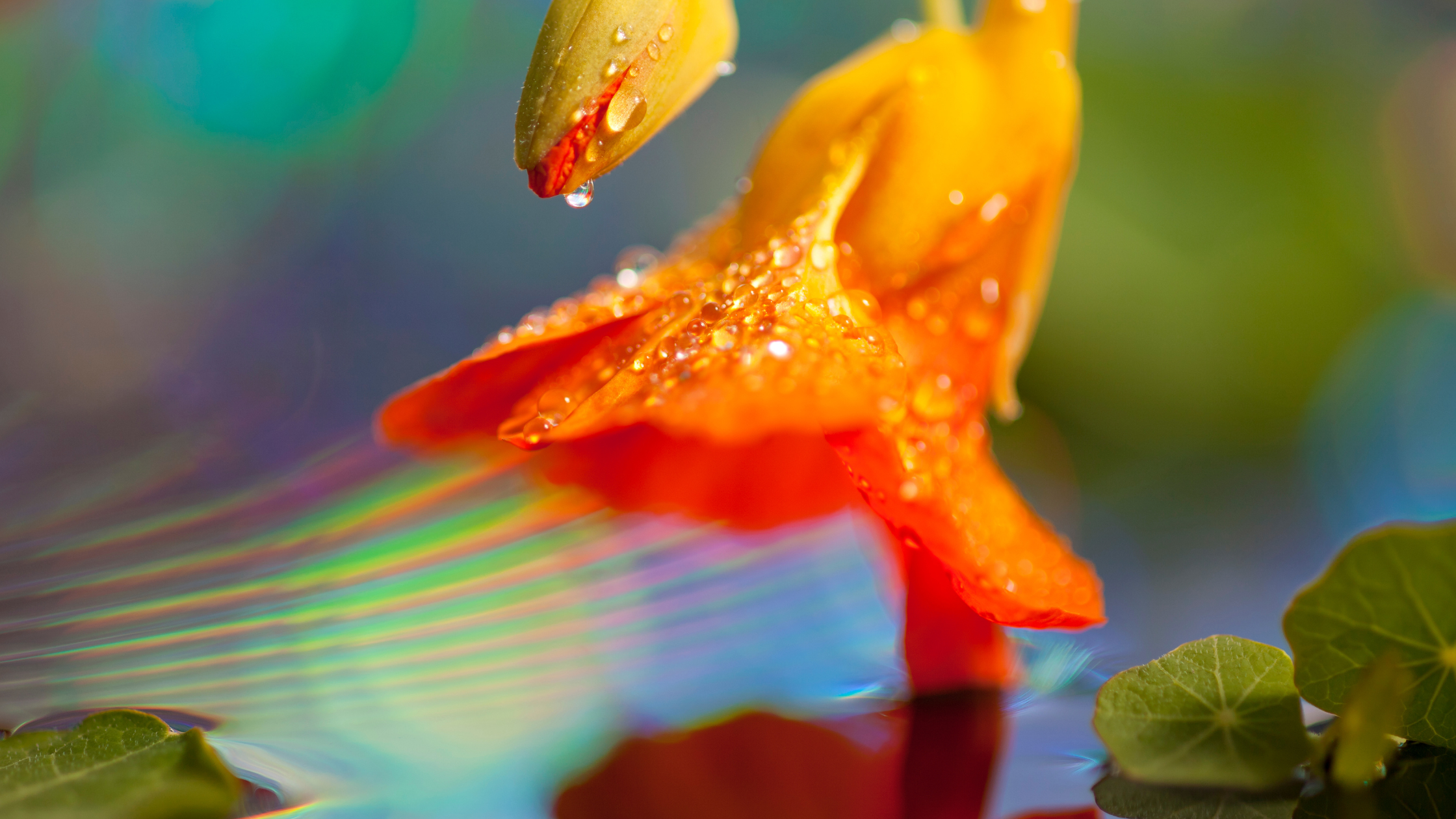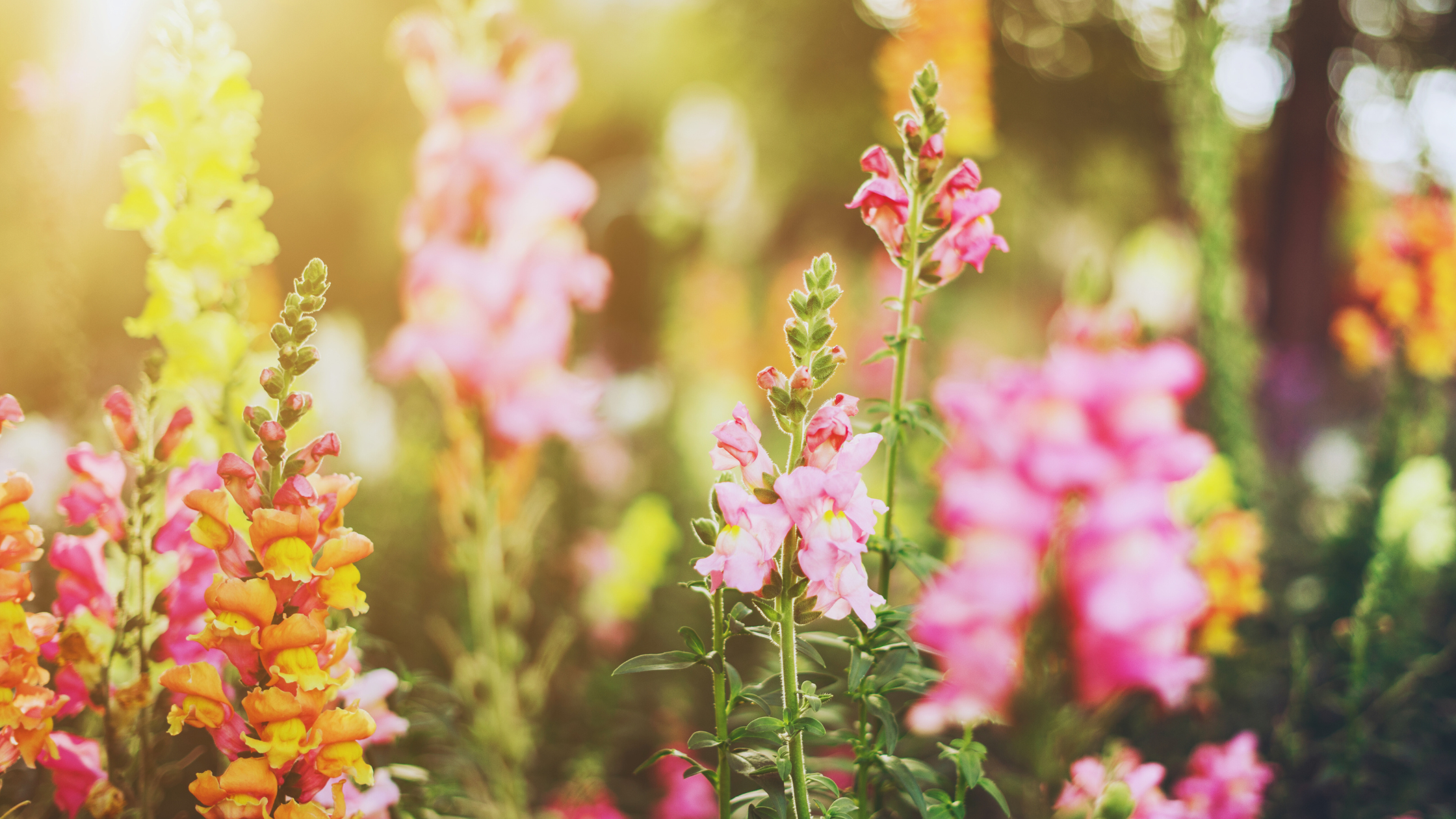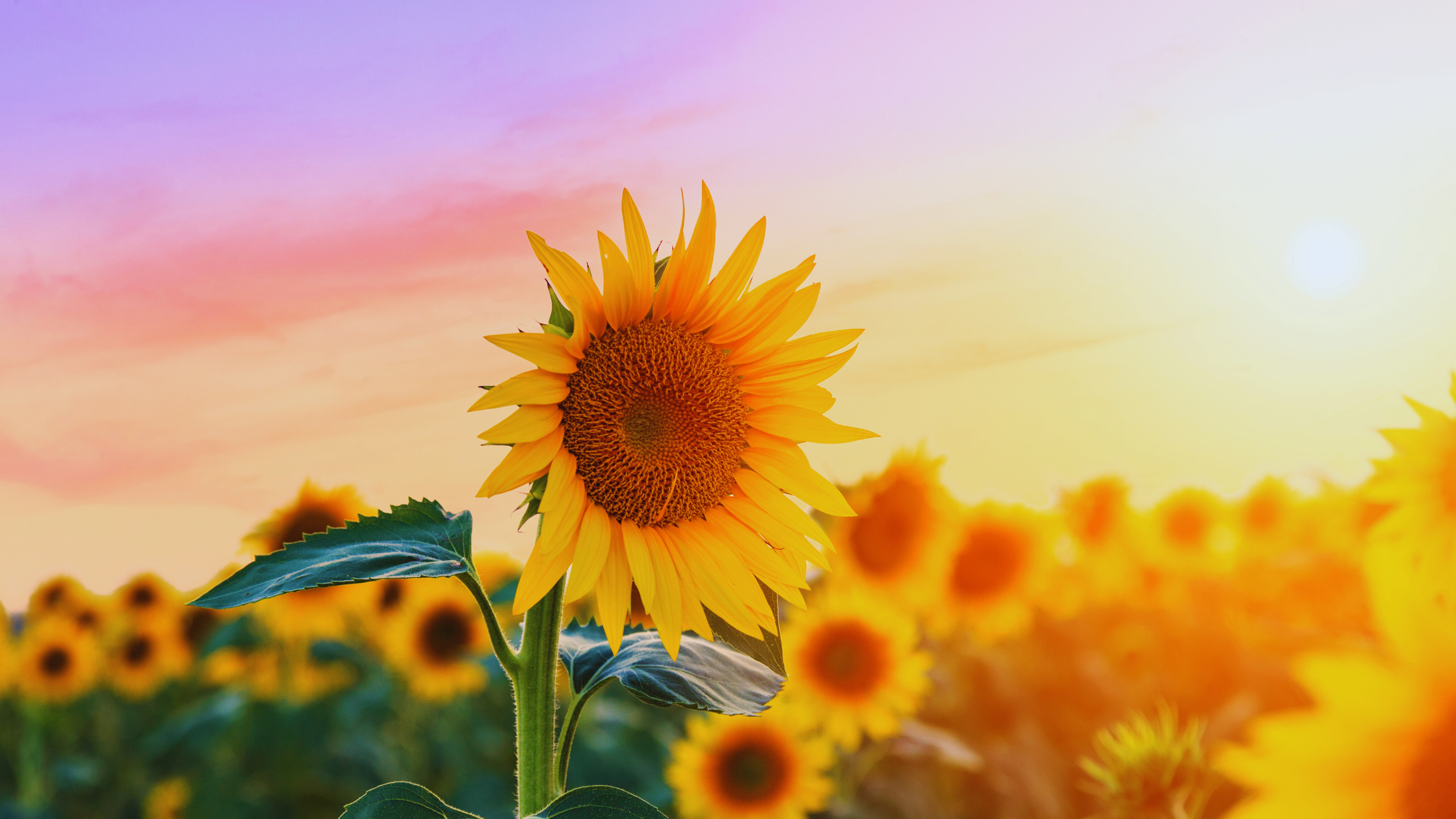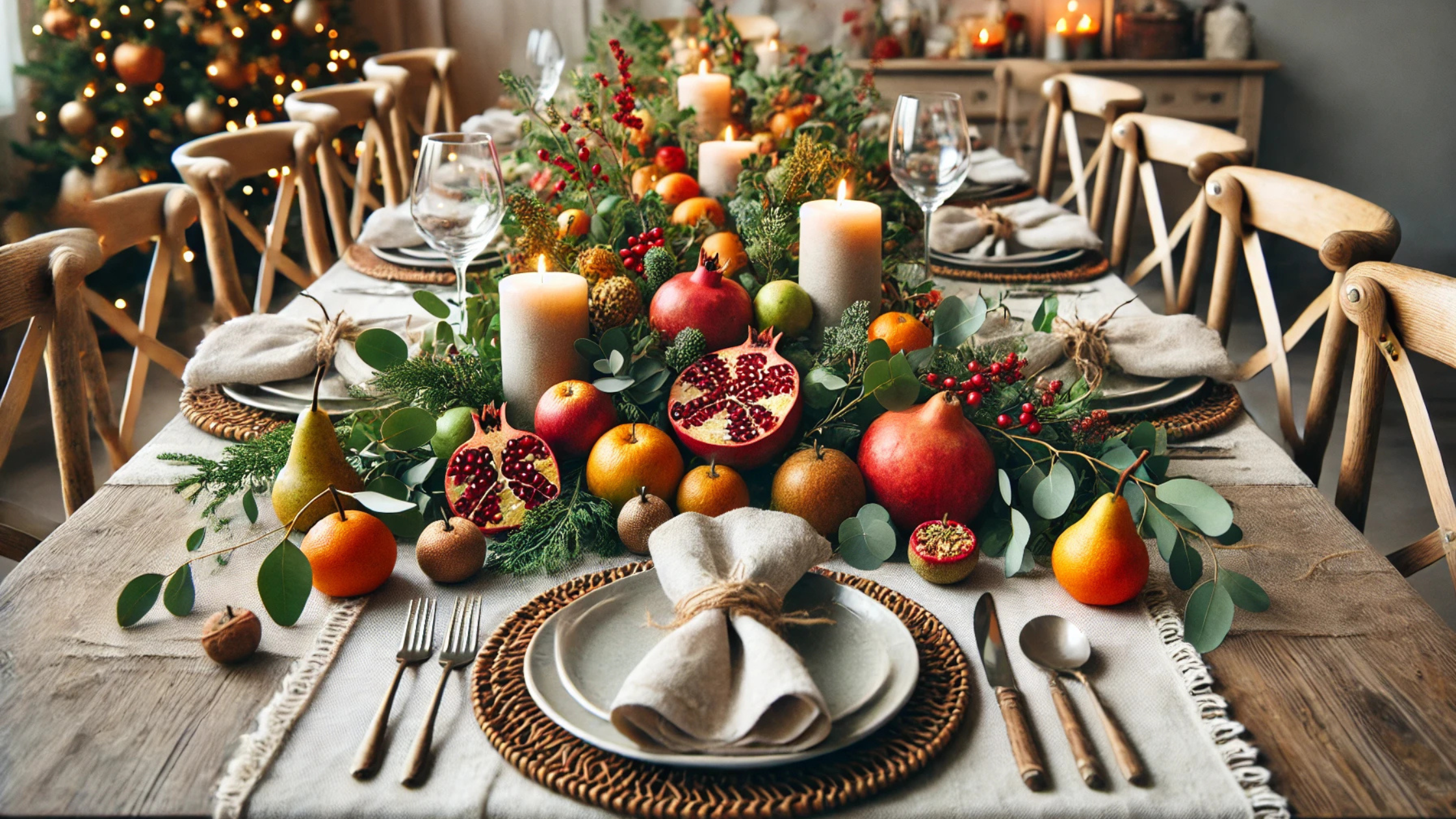This could arguably be the best companion plant in our opinion. It is the one plant to absolutely grow every year. With its vibrant blossoms and pungent foliage, NASTURTIUM emerges as a steadfast ally in the vegetable garden bed. Renowned for its ornamental beauty and multiple uses, this unsung hero earns its rightful place as the best companion plant, hands down. So if you are looking for one plant to add to your vegetable garden this season, this is it! Let’s take a closer look.
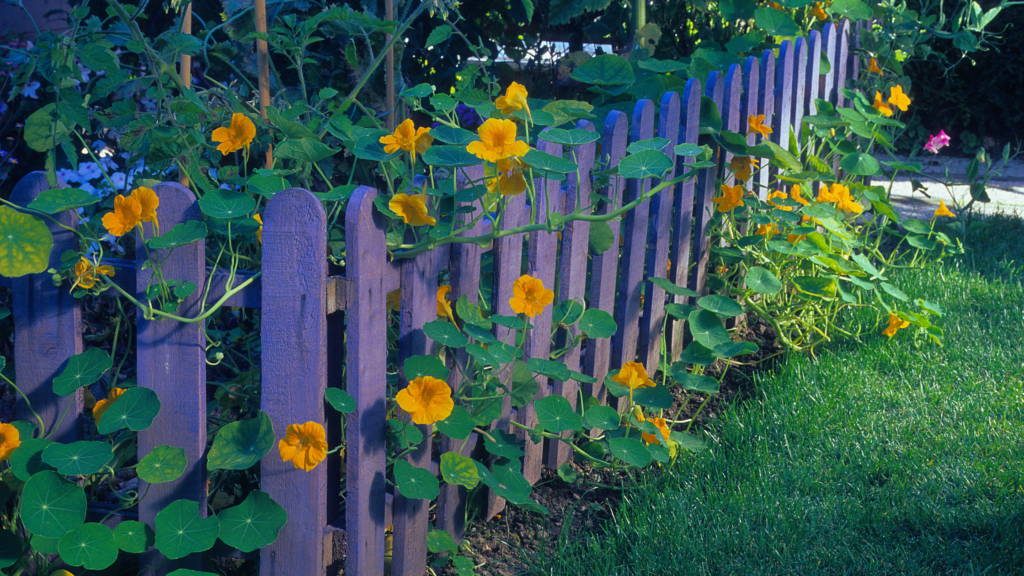
Benefits and Uses of Nasturtiums in Vegetable Garden Beds:
Pest Deterrent:
Nasturtiums emit a distinct scent that repels pests like whiteflies, and cucumber beetles, effectively protecting neighboring crops from infestation.
- Related article: 9 Natural Garden Remedies You Already Have in Your Kitchen
Trap Crop:
Acting as a sacrificial lamb, nasturtiums attract pests, such as aphids, away from more valuable crops, serving as a natural trap crop and minimizing damage to other plants.
Soil Improvement:
The sprawling roots of nasturtiums help to break up compacted soil, improving aeration and drainage, and facilitating nutrient uptake by nearby plants.
Nitrogen Fixation:
Nasturtiums are nitrogen-fixing plants, meaning they have the ability to convert atmospheric nitrogen into a form that is accessible to other plants, enriching the soil with this essential nutrient.
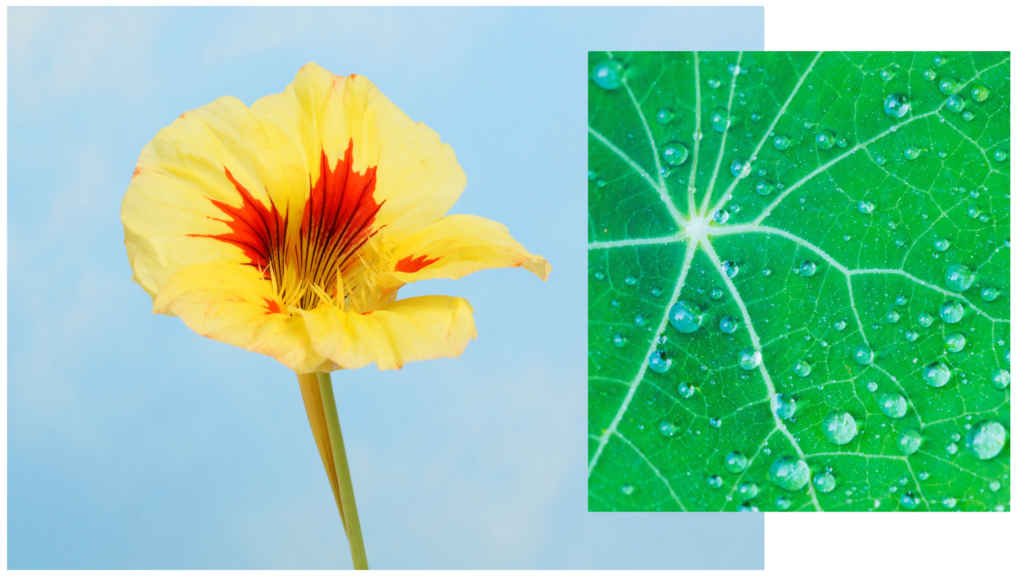
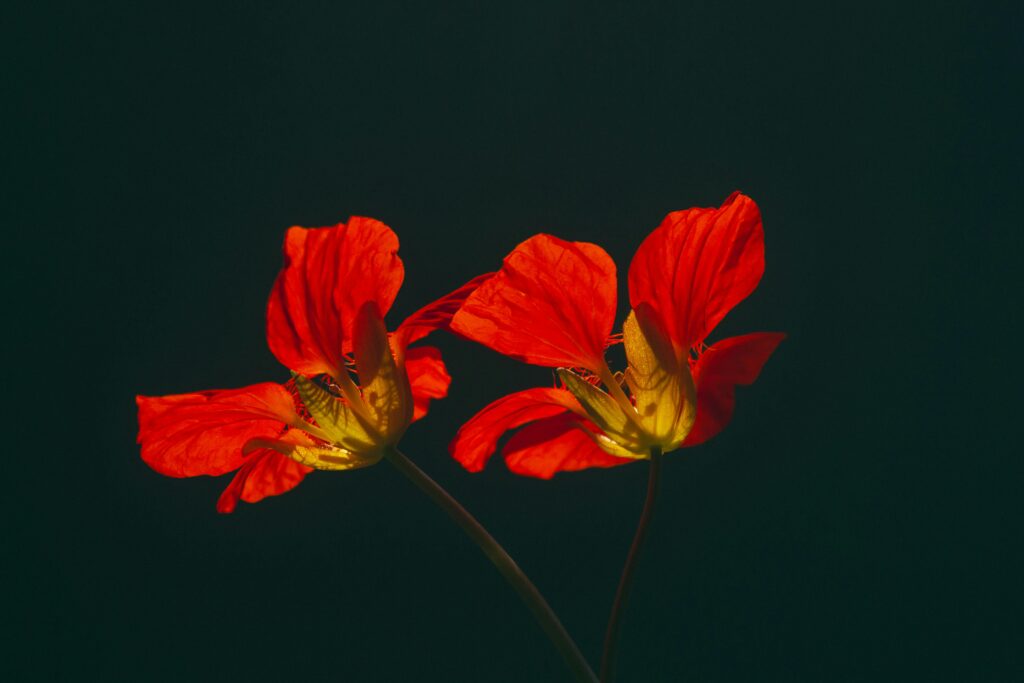
Edible Flowers and Leaves:
The vibrant blossoms of nasturtiums are not only visually stunning but also edible, imparting a peppery flavor to salads, sandwiches, and garnishes. The tender young leaves can also be harvested and enjoyed in culinary creations.
– For other edible options, check out: Our Top 7 Edible Flowers for Spring and Summer
Companion Planting:
Nasturtiums act as excellent companion plants for a wide range of vegetables, including tomatoes, cucumbers, radishes, and squash, enhancing their growth and flavor while deterring pests and attracting beneficial insects.
Pollinators:
The bright flowers of nasturtiums attract beneficial insects such as bees, butterflies, and predatory insects like ladybugs and lacewings, promoting pollination and natural pest control in the garden.
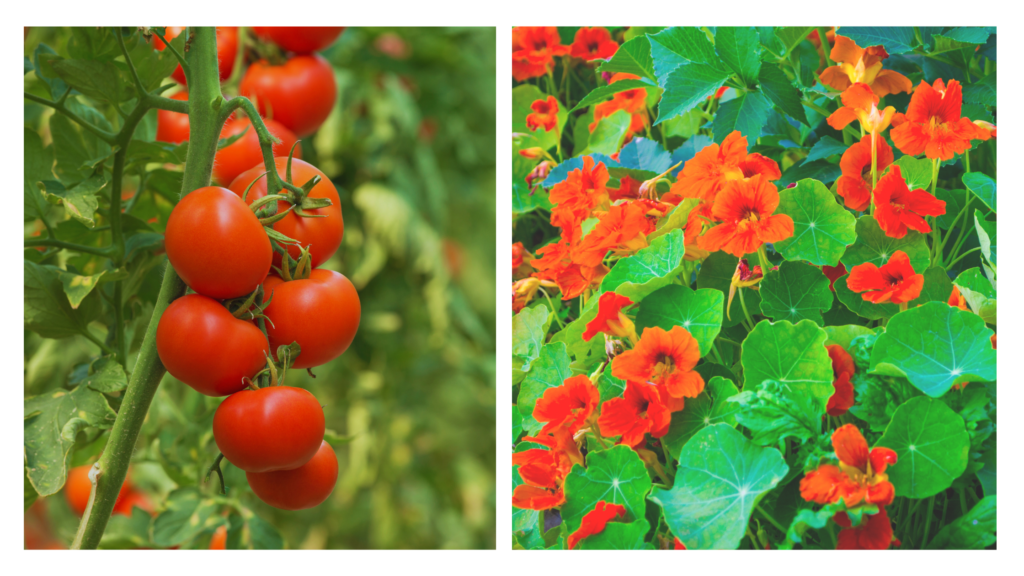
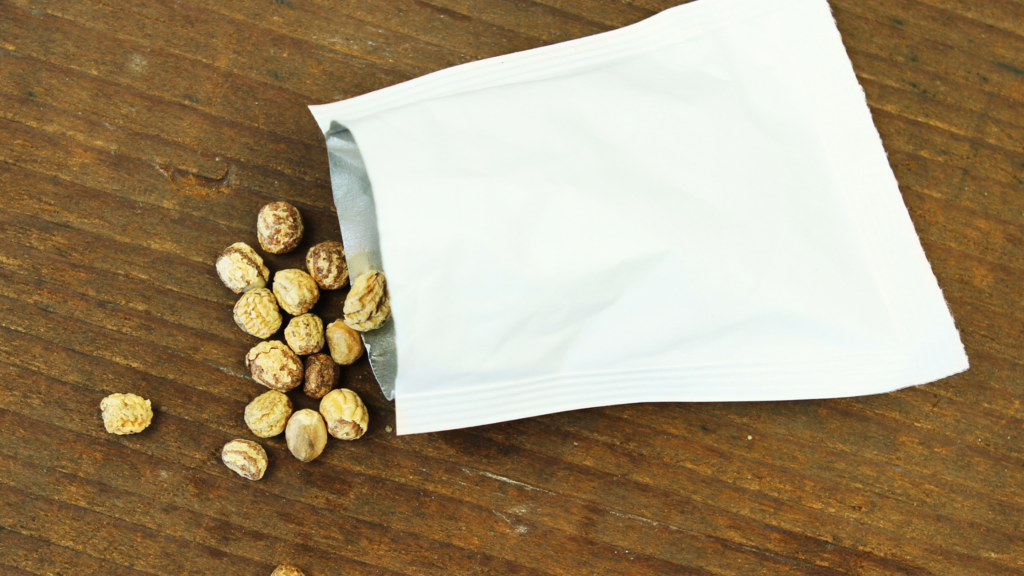
Growing and Care tips:
Planting Time:
Prefer to be sown directly into the garden bed after the danger of frost has passed. In most regions, this typically occurs in the spring
Soil and Sunlight:
Choose a sunny location with well-drained soil for planting nasturtiums. These resilient plants can tolerate a variety of soil types but prefer slightly alkaline, fertile soil.
Planting Depth:
Plant nasturtium seeds about 1 inch deep in the soil and space them 8 to 12 inches apart.
Watering:
Nasturtiums prefer moderate watering, allowing the soil to dry out slightly between waterings. Avoid overwatering.
Pruning and Deadheading:
Regularly deadhead spent flowers to encourage continuous blooming throughout the growing season. Nasturtiums have a sprawling growth habit, so occasional pruning may be necessary to keep them in check and prevent them from overtaking other plants in the garden.
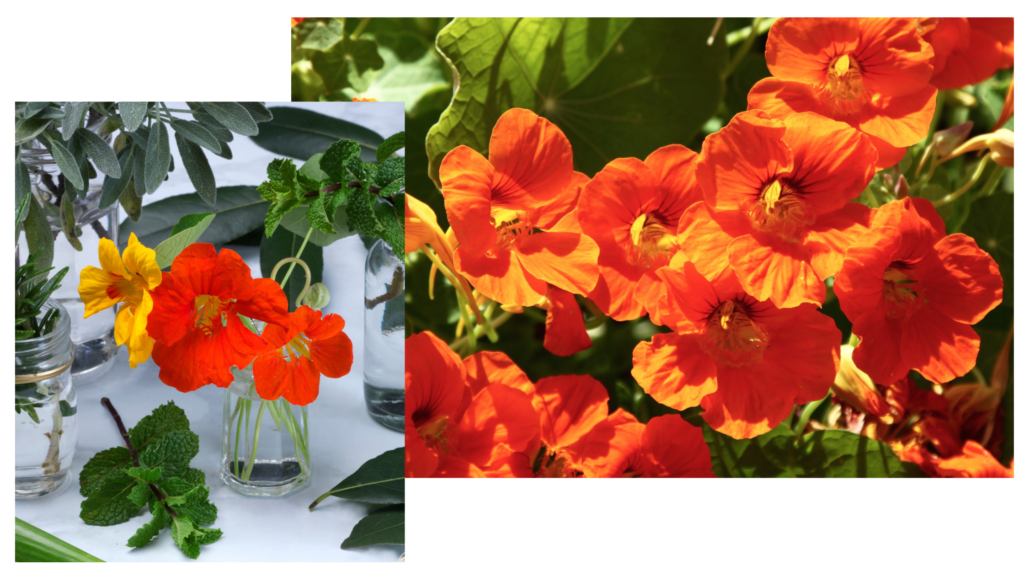
From pest deterrence to soil improvement and culinary delight, the versatile nasturtium proves itself to be an indispensable companion, enriching the garden bed with its vibrant presence and unwavering support. So, if you’re looking to enhance the health and productivity of your vegetable garden while adding a splash of color and flavor to your plate, look no further than the humble nasturtium, and see why it’s our choice for best companion plant.
Shop Amazon Seed Favorites:

